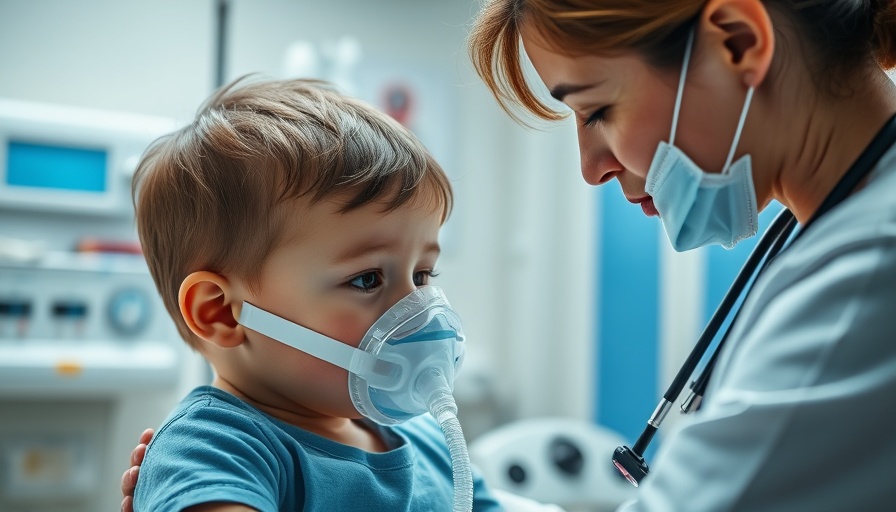
Ensuring Pediatric Medication Safety in Challenging Environments
In many parts of the world, the health and well-being of children can be significantly impacted by their access to safe medications. Recent studies have illuminated the urgent need for better medication safety protocols specifically tailored for pediatric patients, particularly in resource-limited settings. These environments often grapple with inadequate healthcare systems, which may inadvertently compromise the quality of care administered to the most vulnerable population: children.
The Importance of Medication Safety
Medication errors among children can lead to dire consequences. Due to their unique physiological make-up and the distinct ways their bodies metabolize drugs, children are especially susceptible to medication mismanagement. A study highlighted by healthcare experts indicates that the incidence of medication-related harm in children is higher in less-resourced areas, underlining the critical need for interventions that focus on medication safety in these settings.
Current Challenges in Medication Safety
Resource-limited settings face a multitude of challenges that complicate the safe administration of medications. From a shortage of trained healthcare professionals capable of administering prescriptions correctly, to issues like drug shortages and counterfeit medications, the barriers are formidable. Parents often find themselves navigating these complexities without sufficient guidance, leaving their children at risk. For instance, data shows that inaccurate dosing due to improper calculations or lack of dosage measurements is one of the most frequent errors recorded.
Innovative Solutions for Enhanced Safety
Innovations in technology and health informatics present promising solutions for improving medication safety. For instance, mobile health applications can be harnessed to educate parents about proper medication dosages and potential side effects. Furthermore, electronic health records (EHRs) can enhance communication between healthcare providers, ensuring that pediatric patients receive the right medications in the correct dosages.
Global Perspectives on Medication Safety
A global perspective is vital in understanding medication safety challenges. Countries with established healthcare frameworks can offer insights into effective strategies that can be adopted in lower-resource areas. For instance, the adoption of standardized treatment protocols and enhanced training for healthcare professionals have shown success in reducing medication errors.
Future Predictions and Opportunities
As telemedicine and digital health technologies become more prevalent, there exists an opportunity to revolutionize pediatric care in resource-limited settings. The potential for pharmacists to conduct consultations remotely, coupled with artificial intelligence algorithms to track medication efficacy and adherence, could further reduce medication-related errors. This could pave the way for a more resilient healthcare infrastructure that prioritizes the safety of young patients.
Conclusion: A Call for Action
Enhancing medication safety for pediatric patients in resource-limited settings is not merely an obligation but a necessity. By investing in innovative solutions and prioritizing training and resources, we can create a healthcare environment where children are treated with the utmost care and safety. Let us advocate for the necessary systemic changes that will ensure safe medication practices for every child globally.
 Add Row
Add Row  Add
Add 




Write A Comment